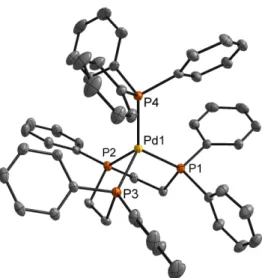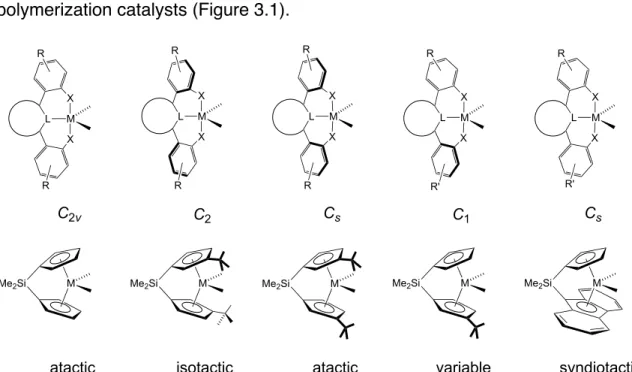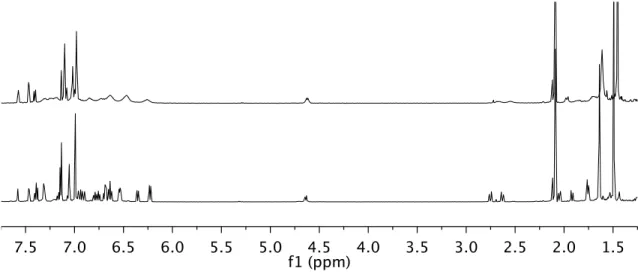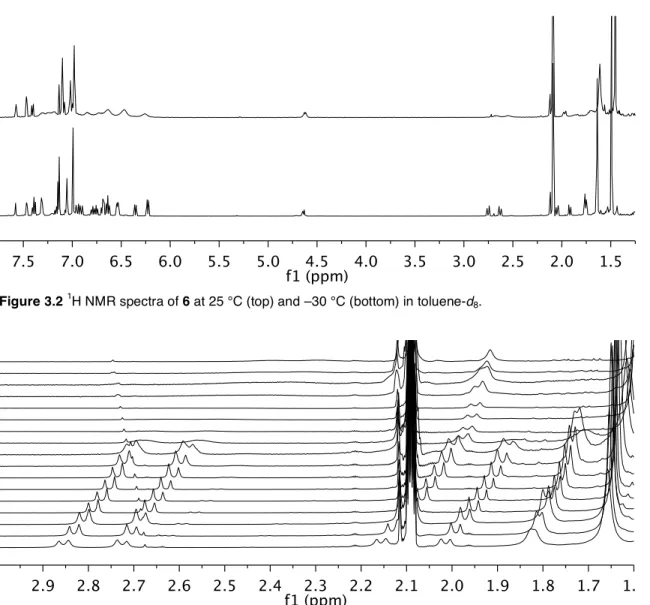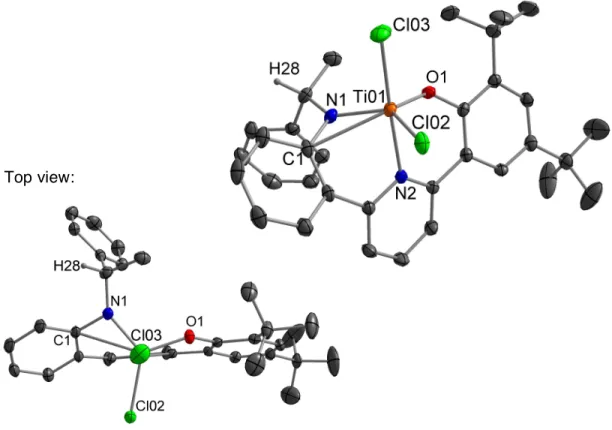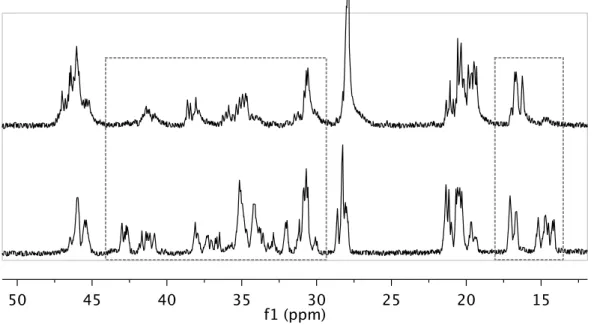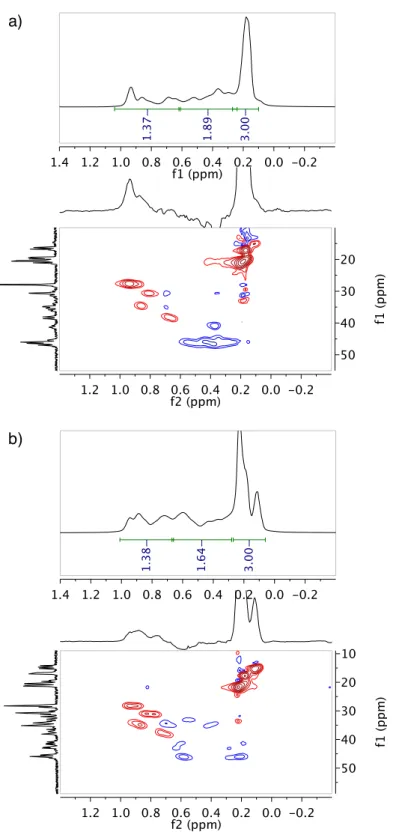Jay Labinger was my co-advisor through my PhD and I learned as much from him as I did from John. A long-standing challenge in transition metal catalysis is selective C-C bond coupling from simple feedstocks, such as carbon monoxide, ethylene or propylene, to yield value-added products. This work describes attempts at selective C-C bond formation using early- and late-transition metals, which may have important implications for the production of fuels and plastics, as well as many other commodity chemicals.
It was found that C–C bond formation can be induced by (1) chemical reduction or (2) coordination of exogenous phosphine to the parent platinum(II) complexes. These two mild methods afforded different products, constitutional isomers, suggesting that at least two different mechanisms are possible for C–C bond formation from carbene intermediates. These results are encouraging for the development of a multicomponent homogeneous catalytic system for the recovery of higher hydrocarbons.
Still, the underlying reasons for the unique regioselectivity of anilide (pyridine)phenolate polymerization catalysts remain unknown. Finally, we investigated the reactivity of a known Ti-phenoxy(imine) (Ti-FI) catalyst that has been shown to be highly active for the homotrimerization of ethylene at.
List of Schemes Chapter 2
Pd-catalyzed carbene dimerization reaction
Scheme 2.2 Proposed mechanism for Pd-catalyzed carbene dimerization reaction
Synthetic route to Cr carbene complexes 1-3
Conversion of Cr carbenes 1-3 to E/Z-olefins via Pd-catalyzed carbene dimerization
Synthesis of Cp(CO)(NO)Cr{carbene} complexes 4 and 5
Pt-catalyzed carbene dimerization of Cr complex 2 to 4 and Pt black
Proposed mechanism for carbene formation on Pt complexes from alkynes and alcohols
Synthesis of bis(carbene)platinum complexes 9 and 10
Synthesis of bis(carbene)platinum complex 11 from 9
Reduction of carbene complexes 9 and 10 with cobaltocene to yield E/Z-olefinic products 12
Reduction of carbene complexe 11 with cobaltocene to yield E/Z-olefinic products 13
Scheme 2.21 Proposed mechanism for C–C bond formation from bis(carbene)platinum(II) complexes upon addition of PPh 3
Proposed mechanism for phosphonium ylide migration to a carbene ligand on a Pt(II) complex
Proposed mechanistic pathway for reaction of pyridine with 9–11
Addition of chloride salts to 9 to form acyl Pt(II) complex 22
Propylene polymerization with post-metallocene complexes of triaryl dianionic ligands
Scheme 3.2 Retrosynthetic scheme for anilide(pyridine)phenoxide ligands
Synthesis of boronic ester 1
Scheme 3.6 Buchwald-Hartwig coupling to yield 2-bromo-N-(1- phenylethyl)aniline 4
Synthesis of ligand 5 from coupling 4 and 2
Polymerization of propylene with complex 6 or 8
Synthesis of N-benzyl-2-bromoaniline
Synthesis of ligand 10 from N-benzyl-2-bromoaniline
Synthesis of N-adamant-1-yl-2-bromoaniline via a Buchwald- Hartwig reaction
Synthesis of ligand 11 from N-adamant-1-yl-bromoaniline
Synthesis of ligand 13 from 12
Synthesis of metal complexes 14-17
Scheme 3.19 Potential pathways for NNO catalyst modification upon activation with MAO
Synthesis of ligand 18 from synthon 2
Synthesis of Ti complex 19
Scheme 3.22 Synthesis of ligand 20 via Kumada and Suzuki coupling reactions
Synthesis of amido(pyridine)phenoxide ligand 21
Synthesis of amido(pyridine)phenoxide complexes 23-24
Improved synthesis of phenoxy–imine ligand 3
Synthesis of (FI)Ti complex 4
List of Tables Chapter 2
Since kinetic studies on the Pd-catalyzed carbene dimerization reaction were precluded by the instability of the Pd(0) catalyst (as well as unaccounted for mass loss), we sought to synthesize a more stable Pd catalyst. Reaction of carbene complex 2 with 5 mol % 7 in THF-d8 led to the formation of the expected E/Z-olefinic products 4, with no observable intermediates. Unfortunately, the chelating phosphine ligand did not appear to increase the stability of the Pd(0) catalysts as decomposition of the catalyst into black Pd was observed during the course of the reaction, suggesting that the triphos ligand (or at least the phosphine arms of the ligand) may be labile under reaction conditions.
Addition of only one equivalent of PPh3 to 9 led to conversion of only half of the starting material to products. We found that the source of the platinum salt greatly affected the yields of bis(carbene)platinum(II) complexes; Approximately two-thirds of the solvent was removed in vacuo, and the white solid was filtered and triturated.
The last three decades have seen the development of soluble single-site olefin polymerization catalysts that span the transition metal series and provide access to previously unrealized polymer architectures.3 The development of metallocene catalysts in the 1980s led to significant advances in our understanding of how catalysts structure affects the microstructure of the polymer.4 Pioneering studies by Brintzinger, Bercaw, and others revealed a direct correlation between metallocene catalyst symmetry and polymer tacticity; generally, C2- and C1-symmetric complexes produce isotactic polymers, Cs-symmetric catalysts lead to syndiotactic polymers, and C2v-symmetric catalysts give stereoirregular polymers.4 Recently, ``post-metallocene'' olefin polymerization catalysts have led to significant innovations and have emerged and in living polymerization5 and the preparation of olefin block copolymers.6 Our ability to develop new catalysts that produce specific polymer architectures will depend on continued research efforts to understand and develop post-metallocene polymerization catalysts. Synthesis of the anilide moiety of the ligand was significantly more straightforward than monoarylation of 2,6-dibromopyridine. As expected, increasing the temperature above room temperature led to further broadening of the resonances for 6.
Both complexes have a distorted trigonal bipyramidal geometry and the anilide arm is noticeably distorted from O–. Notably, all obtained polymers have narrow PDIs (Mw/Mn), indicating single-site catalysis. We were particularly interested in comparing the PP microstructure for Ti catalysts with three different amine R-groups (8, 15 and 16).
These results indicate that—contrary to our original hypothesis—the amine R-group does not appear to affect the stereo- or regiocontrol of the active polymerization catalyst. Importantly, the investigation of PP from 19 by 13C NMR spectroscopy revealed stereoirregular and regioregular PP (Figure 3.13). 1H NMR spectroscopy, which revealed the formation of poly-1-hexene and recovery of the intact ligand 5 (Scheme 3.22).
Reaction of the amido(pyridine)phenoxide ligand 21 with tetrabenzyl titanium and tetrabenzyl hafnium led to the cleaning (by 1 H NMR spectroscopy) dibenzyl Ti and Hf complexes 22 and 23 (Scheme 3.24); the related reaction with tetrabenzyl zirconium did not yield a clean product. As recently noted by Busico, “the common belief that 'single-site' olefin polymerization catalysis is readily amenable to rational understanding” does not hold for post-metallocene catalysts and in fact “it is clear that molecular catalysts are not necessarily simple or predictable.” .”42 Nevertheless, these results importantly demonstrate that new discoveries are still possible in established areas such as early polymerization catalysis of metal α-olefin. The identity of the resulting metal complex was confirmed by X-ray crystallography and 1H NMR spectroscopy.
For our initial investigations, we tested the activation of 4 with 1000 equivalents of MMAO in cyclohexane—the solvent used for Fujita's ethylene trimerization studies—and chlorobenzene.

Appendix A
Compounds
Compounds
Compounds
Appendix B
The following table compares the peaks observed in the 13C spectra of polypropylene (PP) from (NNO)TiCl2 (Chapter 3, 8) with known values from the literature. The 13C chemical shifts of PP from (NNO)TiCl2 are listed in the “Exptʼl Data” column. The column to the right of the experimental data shows the range of chemical shifts reported in the literature and the corresponding type of insertion. The number in bold (1-44) corresponds to the carbon atom in the drawings on the right side of the table showing all possible sequences obtained from and 3,1-insertion modes.
S, T, and P in parentheses next to black carbon numbers indicate secondary, tertiary, and primary carbons, respectively, and the number range indicates the chemical shift range reported in the references listed at the top of the table. Finally, the colored blocks (orange, pink, and blue) represent the chemical shift ranges for secondary (orange), tertiary (pink), and primary (blue) carbons in polypropylene as reported in the literature. These color blocks show that the chemical shift ranges for the secondary and tertiary carbons overlap in the ~32-40 ppm region in 13C NMR spectroscopy.
We observe peaks very close to the reported regions for 3,1-insertions (overlapping with regions for 2,1-insertions), so we cannot rule out 3,1-insertions from our 13C NMR data.
